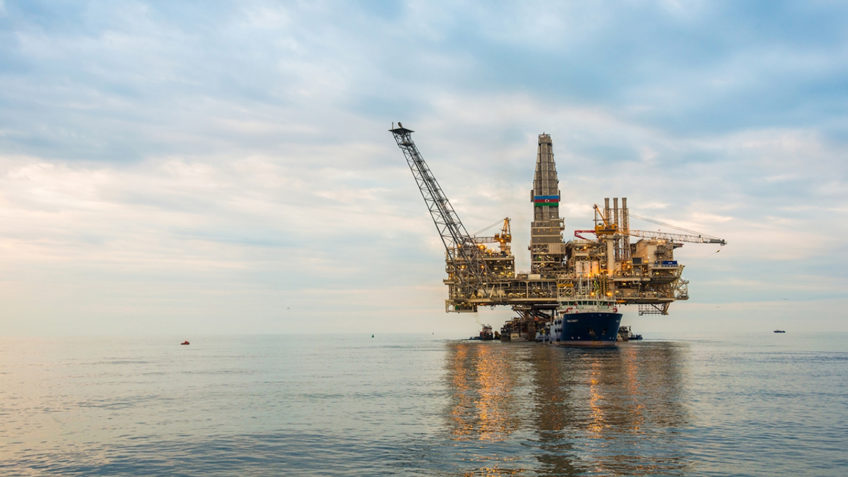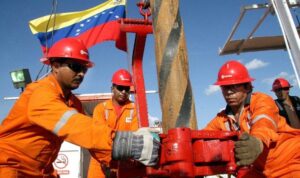
Structural change in the capitalist interstate system will force Brazil to find its place in the new global configuration
The 15th BRICS Summit, held from August 22nd to 24th, in Johannesburg, South Africa, approved the expansion of the group from 2024 onwards. The bloc emerged in the post-crisis context of 2008 and a world in multipolar transition, when developing countries gained greater relative weight compared to great traditional powers.
Since 2011, it has had 5 members – Brazil, Russia, India, China and South Africa. From next year, it should be made up of 6 new countries: Argentina, Saudi Arabia, Egypt, United Arab Emirates, Ethiopia and Iran.
Today, the expansion of BRICS appears as a strategy to strengthen cooperation between the Global South. The proposal is to build a broad integration network based on existing regional processes, with countries that exercise leadership at the regional level as catalytic links, thus promoting the so-called “integration of integration”.
In fact, the entry of new countries considerably increases the bloc’s economic weight, with emphasis on the inclusion of countries from the Middle East, with large populations and economies. According to the World Bank, Brics+ will represent, from 2024, 29% of the world economy (current US$29 trillion), 36%, if measured in purchasing power parity, and a population of 3.6 billion inhabitants ( 46% of the world population).
Furthermore, it incorporates medium powers, many of them large oil producers, which change the map of energy resources in the world. The inclusion of these countries will substantially increase, from January 2024, the participation of Brics+ in global oil production. According to data from the Energy Institute’s Statistical Yearbook, the bloc will double its production with the entry of the new countries and will hold 45% of all oil produced worldwide, surpassing the 36% represented by the OPEC countries.
The great intra-Brics energy complementarity also stands out, as China and India are major buyers of oil and gas. Therefore, the debate on the use of an alternative currency to the dollar for trade could significantly change the volume of energy resources traded in dollars.
The bloc’s growth has been seen as a victory for China and a defeat for smaller economies, such as Brazil. There are still many uncertainties regarding the real advantages of this expansion for Brazil.
Furthermore, Brics+ signals the consolidation of the Sino-Russian partnership, an alliance that is at the heart of the current transformations in the global power hierarchy and that has always been feared by the West in other moments of structural change in the capitalist interstate system. However, despite the existing asymmetries and the still unknown geopolitical developments, it will be up to Brazil to seek its place and national interest within the new configuration.
Considering the great reinforcement in the bloc’s energy sector and the central role that oil companies play in the decarbonization process, Brazil could take advantage of this potential to bring greater scale and speed to its energy transition. Additionally, the growing interest of other energy powers in transforming their matrices tends to expand the range of opportunities in this sector and, thus, in addition to moving towards a more sustainable economy, Brazil could also gain know how in emerging renewable markets, one of the most promising of the future.
Brazil’s leadership in the development of renewable energy and other technological pathways for the energy transition, aimed at mitigating greenhouse gas emissions, is well-known. In addition to the marked growth in the participation of wind and photovoltaic energy in the Brazilian energy matrix, many countries also look to our country for experiences and possibilities for the use of green hydrogen and its derivatives.
Brazil has one of the cleanest matrices in the world and even oil and gas production emits little CO2, compared to the average of producing countries. However, we know that the energy transition is a slow and non-linear process, which will take decades and require enormous investments in science, technology and innovation.
Thus, another relevant point is the resumption of contributions to the NDB (New Development Bank) and its strengthening with the incorporation of new members. Since 2021, the bank has also sought to increase its number of members with the aim of expanding the mobilization of funds and the diversification of its portfolio.
One of the central lines of action defined by the institution is financial support for projects that help member countries achieve the UN SDGs (Sustainable Development Goals), financing renewable energy and green infrastructure.
The data shows that the energy issue will be central to Brics+ and this is certainly of interest to Brazil, due to its pioneering role in the development and use of clean energy and decarbonization of fossil sources. However, advancing in this process and developing new technological paths will require broad institutional articulation and the ability to attract investments, in addition to increasing internal technological density, aiming to transform this vocation into a vector of national development and ensuring Brazil a new role in the international division of labor .
The new scenario raises two important questions for Brazil: how to guide renewable energy within a group that has enormous strength in oil revenue and how to create a window of opportunities for the development of new technologies and innovation towards the intra-Brics energy transition, with Brazil as the leader of this process?
Source: https://www.poder360.com.br/opiniao/brics-o-brasil-e-a-transicao-energetica/

